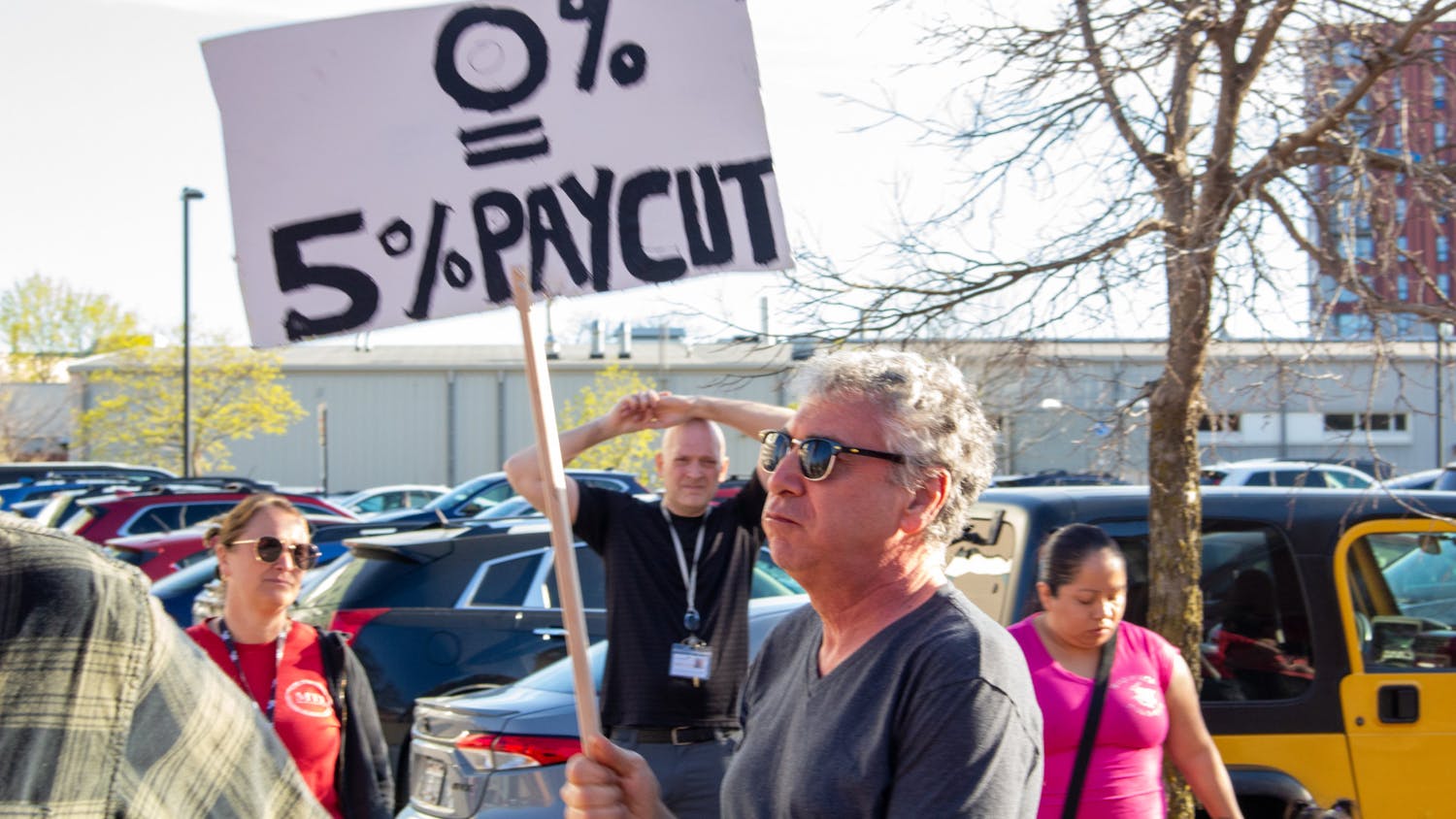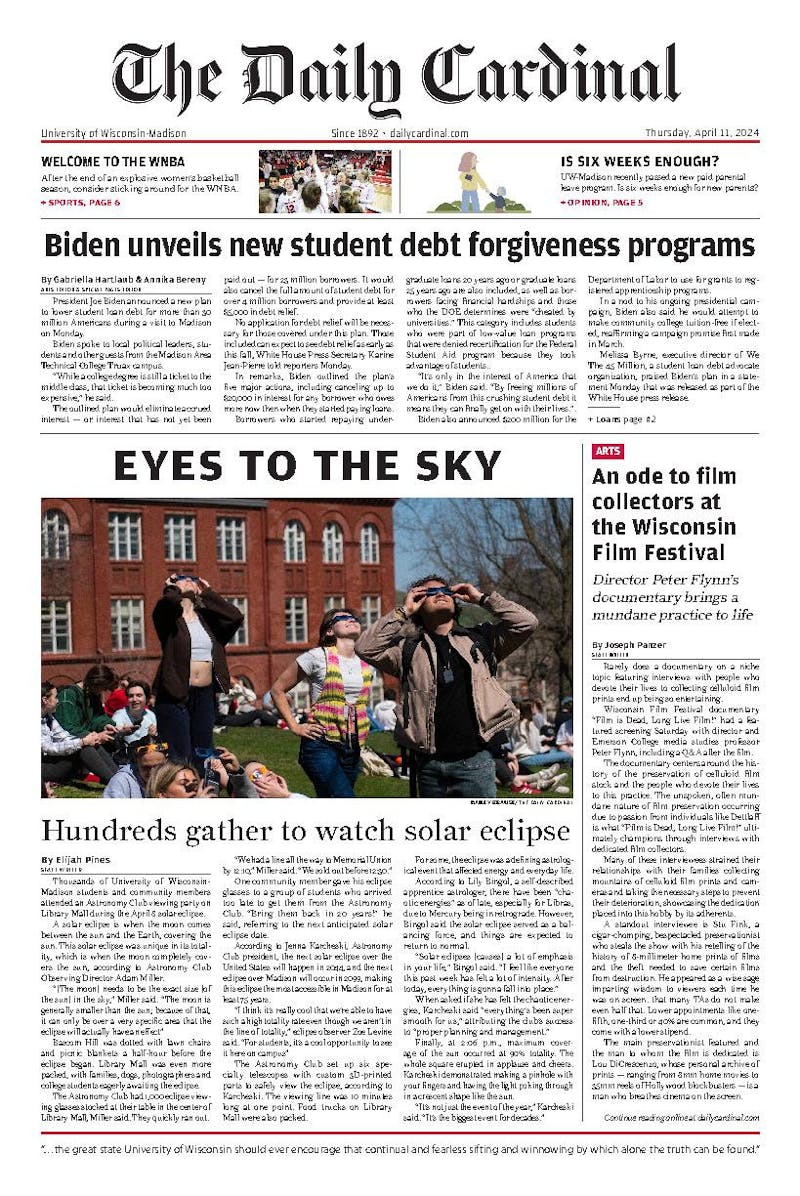As the birthplace of Big Tech, the U.S. is a global technological powerhouse. This is further seen in robotic systems and missiles used by the military. With this in mind, I was in shock when I stumbled upon Wisconsin Gov. Tony Evers’ Twitter thread highlighting how outdated the state unemployment system is.
Government departments at the federal and state levels continue to utilize outdated systems. Such systems are called legacy systems. Legacy systems are cumbersome to operate, expensive to maintain and prone to hacking.
The Government Accountability Office conducted a study on systems utilized by federal departments in 2019. The study found that among the 10 most critical legacy systems in need of modernization, the Department of Homeland Security’s system had 168 critical risk vulnerabilities. Hackers could exploit these vulnerabilities. Further, the Department of Education used a system that ran on Common Business Oriented Language (COBOL). COBOL is an outdated programming language. There is limited availability of skilled technicians that can support it. The Department of Treasury and Department of Human and Health Services used systems found to be around 50 years old.
The news of Russian hackers breaching federal government systems in 2020 raised alarm and shock at the time. However, looking at the state of government technology, it was inevitable.
Maintaining legacy systems results in high expenses. The federal government spent about 80% of their $90 billion budget for technology in the 2019 fiscal year to maintain these systems. These systems cause great inconvenience as well.
Why has the government spent so much on maintaining these outdated systems? For starters, systemic hurdles prevent changes from taking shape. The sheer scope of modernization projects is inhibitory. For instance, the U.S. Citizenship and Immigration Services planned to spend $500 billion to convert nearly 100 paper forms into digital forms. Yet in 2015 — about 10 years since the plans went into action — they spent $1 billion to convert only one form online. Such digitization and technological issues saw the agency commit several errors. The agency sent over 5,000 green cards bearing faulty information in 2014. They also sent duplicate green cards — as many as five for a single individual — between March and May 2016.
Meanwhile, political gridlock inhibits progress made in adapting to changing times. Disagreements on passing legislation that can fund such technological overhaul have proven detrimental.
This brings us back to the situation in Wisconsin. Evers’ Twitter thread highlighted that the state unemployment system utilizes COBOL. The thread listed specific inconveniences for those who have to work with the outdated system. These include a lack of email support, document uploads and automated changes. The situation mirrors what we see at the federal level.
Rising unemployment due to COVID-19 added strain on the system and exposed deficiencies. The Wisconsin Department of Workforce Development processed more unemployment claims using the outdated system in the nine months since the pandemic hit, than from 2016 to 2019 combined. The issues caused by the system left freshly unemployed Wisconsinites in a state of confusion. Some unemployed people waited months on their unemployment claims.
There have been past attempts to modernize Wisconsin’s unemployment system. They came to no avail. In 2007, then-Democratic Gov. Jim Doyle’s administration ended a project to overhaul the system. The project ended when it began falling behind schedule and looked likely to exceed its $24 million budget. The new plan proposed by Evers is estimated to cost $90 million over the next 10 years. Yet, the Republican-controlled State Legislature is at an impasse. The Republican leadership shifted blame onto Evers. They called on the governor to “take ownership of the problems.” They also suggested the backlog of claims was down to departmental mismanagement.
A fact check by Politifact reveals that Evers alone cannot “take ownership” of the problem. The full funds available to him for executive action do not cover the costs. The legislature needs to allocate funds biennially for the project to reach completion as planned.
It is imperative that the state Legislature come to an agreement. Compromise has been difficult to achieve lately. The mask mandate situation and COVID-19 relief legislation are just some examples of gridlock.
The outdated technology is having a visible negative effect on constituents. As long as systemic hurdles exist, government technology will remain primitive. Action is necessary across all levels of government to address this and get back in touch with the times.
Anupras is a Senior Staff Writer and a sophomore studying Computer Science and journalism. Do you agree that government technology should be updated to meet today's needs? Send all comments to opinion@dailycardinal.com.
Anupras Mohapatra is a former opinion editor for The Daily Cardinal and currently serves on the Editorial Board. He is a senior double majoring in Computer Science and Journalism.






